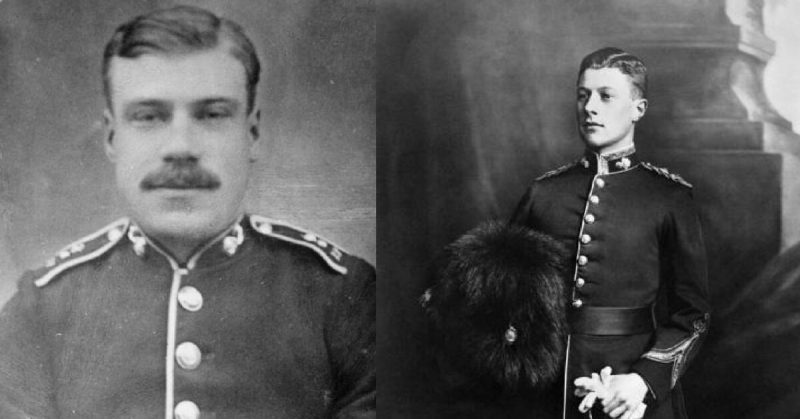The British Expeditionary force was awoken on August 23, 1914, by a massive infantry attack. The German army had amassed along the French frontier, having pushed through most of Belgium. That morning they continued their push, meeting British troops for the first time. Along the British line, a railway bridge became the focal point for some of the hardest fighting, and the first Victoria Cross of World War I.
On August 9, 1914, the United Kingdom declared war on Germany. The men of the Royal Fusiliers had already been mobilized for 5 days. On the 14th, they received their reserves, and shortly thereafter they embarked for France, disembarking at Le Havre.
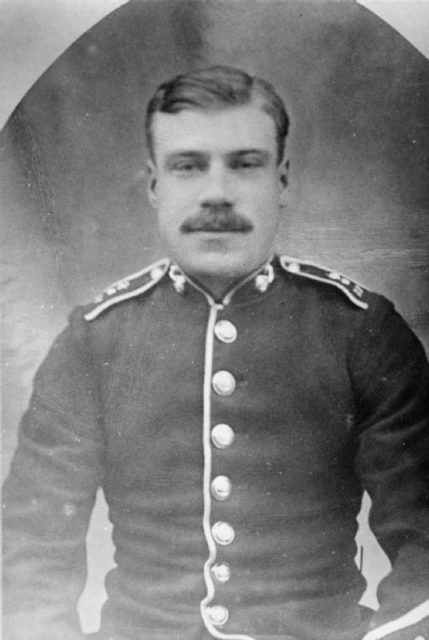
They stayed there for about four days until traveling by train to the frontier. Arriving there on the 22nd, they had a 20-mile march ahead of them. Force marching they finally reached Mons on the 23rd. They were then tasked with holding the Mons-Condé Canal.
The Canal formed the northern flank for the French defensive lines along their frontiers, and what was left of Belgium. The German army had skirted most of the French defenses to the south, passing through Luxembourg and Belgium.
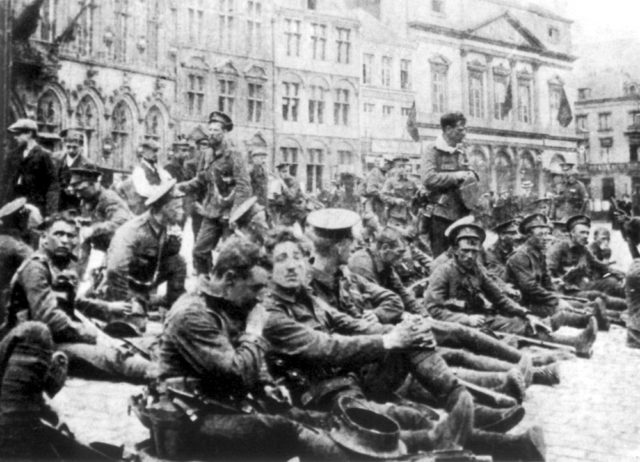
The arrival of the British Expeditionary Force could be a game changer. These new British troops, Private Godley and the Royal Fusiliers included, were some of the best-trained soldiers in Europe at the time. They were almost all professionals or well-trained reservists. They had come to save the day, hold the line, and stop the onslaught that was threatening France.
The Royal Fusiliers went to work immediately, fortifying their position as best they could. The men were exhausted, having marched 20 miles with no chance for sleep. They filled sandbags, made rudimentary fortifications and set up their machine gun positions. Godley was attached to a machine gun section, along the Nimy bridge. This railroad bridge, to the north of the town Nimy-Mons, was one of the few access points across the Mons-Condé Canal, one of the only things keeping the German 1st Army away from the rest of Belgium. The men knew what their position there meant.
That night, they sat on a wooded shoreline, the bridge in the center, with two machine guns on either side. The men slept little. In part, because there was still work to be done, but also they could hear the Germans preparing for an attack. A plane was sighted overhead, likely doing some quick reconnaissance to determine troop numbers by the cooking fires and lights. The night passed peacefully, if tensely.
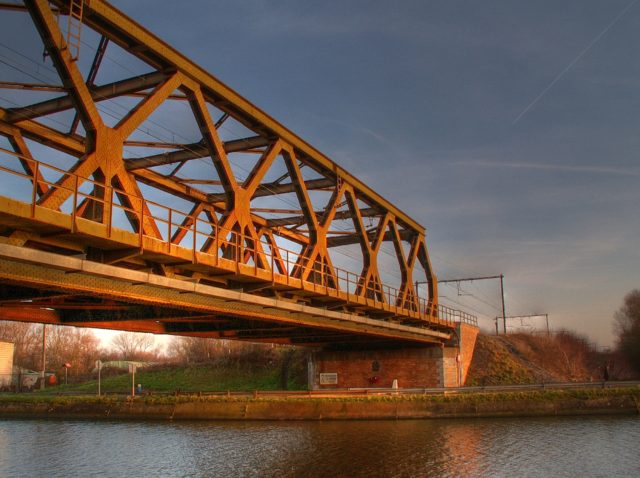
That morning, a German scouting party was spotted. One Officer and six men on horseback rode on the opposite side of the river. The officer, in a proud Hussar’s uniform, looked at their position through his binoculars, before the Fusiliers opened fire on them. Two men escaped. They must have mistaken the British riflemen for nothing more than an advanced scouting party for around an hour later, a column of German troops marched down the road.
The Fusiliers could not believe their eyes and opened fire on this tightly packed group, scattering them with intense rifle and machine gun fire. The Germans beat a hasty retreat to regroup, and prepare for a second assault.
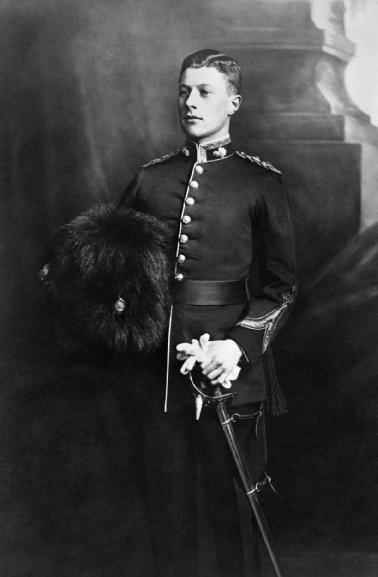
It started with artillery, approaching down the canal towards them. After the artillery came infantry, now creeping cautiously through the woods. Soon a solid firing line was established, opposite Godley and the Fusiliers. Men were being killed in scores. The two British machine guns on either side of the Nimy bridge were of particular interest to the Germans, who continually shot at the gunners. Both positions were terribly cramped, merely sandbag walls in front of an earthen embankment, and before a new gunner could take his position, the previous man had to be hauled off.
Lieutenant Dease, in command of Godley’s section, continually checked on the gun crews, ensuring that they maintained a constant fire. Unfortunately, he too was killed. Suddenly both guns fell silent, and the Germans began pushing forwards. Panic gripped the British troops, and a call went out for anyone who knew how to operate the guns. Godley volunteered, having been trained on them.
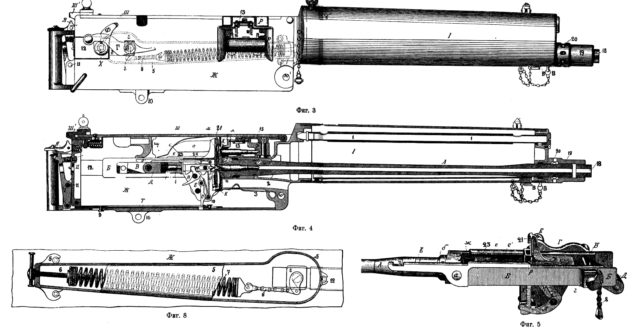
He jumped into position, clearing debris, and the body of his fallen Lieutenant out of the way. With the emplacement cleared, he opened fire with the gun, spraying rounds into the forest full of advancing Germans.
The call was given to retreat, but Godley refused, telling the other men to go, he would give them cover. As his comrades pulled out, the young Private maintained his fire, forcing the Germans to keep their heads down, preventing them from firing on the retreat. Godley continued for two hours, keeping up a constant fire into the tree line to his front. Shells were landing all around him, either from German rifles or artillery. A piece of shrapnel embedded itself in his back when an artillery shell landed near by. A rifle bullet also hit him in the head, and amazingly he survived. With blood now streaming from two potentially mortal wounds, Godley finally ran out of machine gun ammunition.
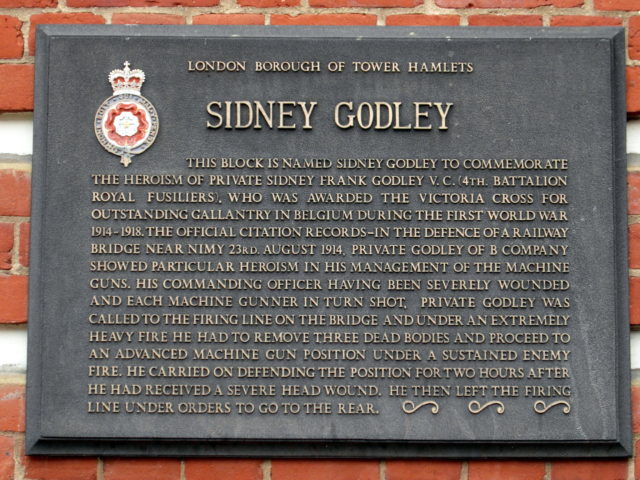
He was not done yet and picking up his rifle, he opened fire, shooting rapidly at any German who showed himself. However, one man can not hold off an entire unit, and the Germans finally reached the bridge. As enemy boots rattled across the railroad, Godley had one last spurt of courage.
He took the breechblock out of both machine guns, and dumped them into the river. This denied these valuable tools falling into enemy hands. As the German troops poured across the bridge, the 25-year-old soldier surrendered, and was taken back to Germany to have his wounds treated.
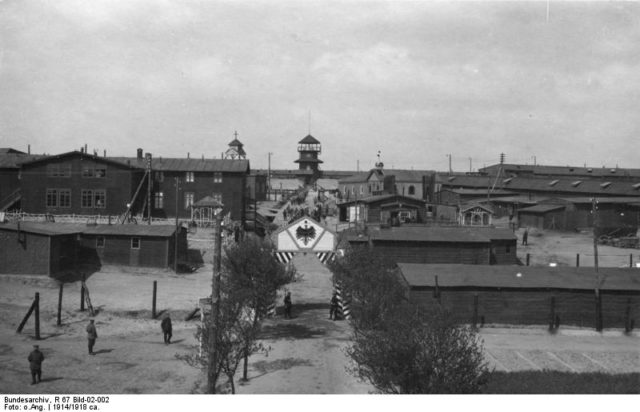
He spent the remainder of the war in the Doberitz Prisoner of War Camp, near Berlin. It was there he first heard news of his Victoria Cross, which was awarded on November 25, 1914. This was the First VC awarded to a private soldier during World War I.
Godley was personally congratulated by the Camp’s Commandant, who recognized what a heroic act it was to stay behind and protect his comrades with little to no hope of survival or escape. He received the medal from King George V on February 15, 1919, almost 5 years after the original action. Lieutenant Dease, Godley’s section leader, was also awarded the VC, for his bravery under fire, in repairing the two machine guns whenever they fell silent.
